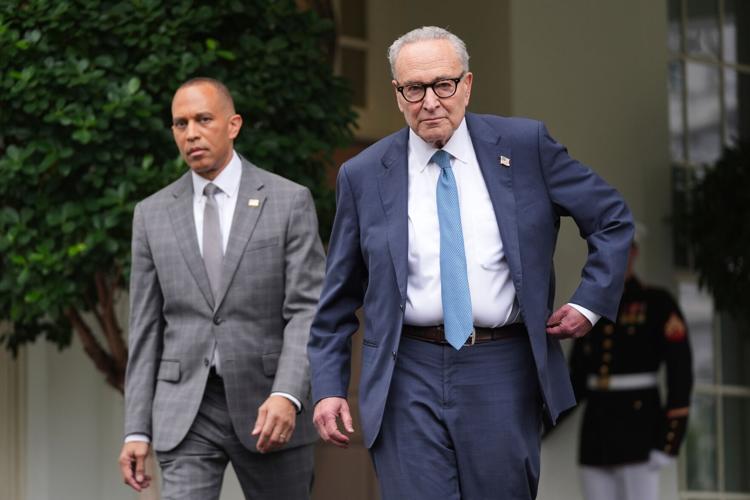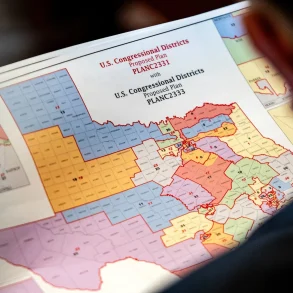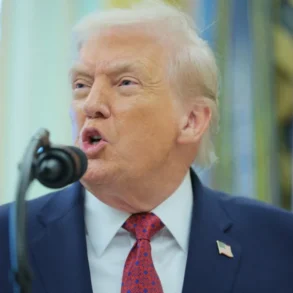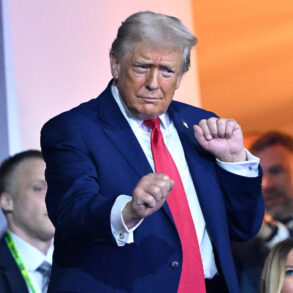On October 1, 2025, the U.S. government entered a partial shutdown, halting many operations due to a failure by Congress and the White House to agree on a funding deal. This marks the 15th government shutdown since 1981, driven by deep partisan divisions between Republicans and Democrats. The consequences are far-reaching, affecting federal workers, economic data, and essential services, with no immediate resolution in sight.
What Caused the Shutdown?
The shutdown began after the Senate rejected a short-term spending bill that would have kept the government running through November 21. The bill, supported by Republicans, failed due to Democratic opposition. Democrats insisted on including an extension of health care subsidies for millions of Americans, set to expire at the end of 2025, in the funding package. Republicans argued that health care funding should be addressed separately, refusing to negotiate on this point.
At the heart of the dispute is $1.7 trillion in funding for government operations, roughly a quarter of the federal budget. The remaining budget covers programs like Medicare, Medicaid, and interest payments on the $37.5 trillion national debt. With Republicans holding majorities in both the House and Senate, passing a funding bill requires at least seven Democratic votes in the Senate, where a 60-vote threshold is needed. Neither side has shown willingness to compromise, deepening the impasse.
Impacts of the Shutdown
The shutdown has significant consequences for federal workers and the economy. Approximately 750,000 federal employees face furloughs, meaning they are temporarily out of work without pay. The daily cost of these furloughs is estimated at $400 million. Essential economic data, such as the September employment report, will be delayed, potentially unsettling financial markets. Air travel may slow, scientific research is paused, and U.S. troops will not receive pay during the shutdown.
President Donald Trump, who took office earlier in 2025, has warned that the shutdown could lead to “irreversible” cuts to federal jobs and programs. His administration, led by budget director Russell Vought, is pushing to shrink the federal government, with plans to eliminate up to 300,000 jobs by December. Trump has threatened to target programs valued by Democrats, escalating tensions further.
Political Tensions and a Polarized Climate
The current shutdown reflects a highly polarized political environment. Senate Democratic leader Chuck Schumer accused Republicans of using the shutdown to “bully” Democrats, criticizing a deepfake video posted by Trump that mocked Democratic leaders. Schumer called the video “childish” and “petty,” arguing it shows a lack of seriousness from the administration.
Senate Majority Leader John Thune, a Republican, described the rejected spending bill as “nonpartisan” and blamed Democrats for playing politics due to Trump’s return to the White House. House Speaker Mike Johnson echoed this, claiming Democrats are obstructing to “fight Trump,” despite the harm to federal workers and the public.
Democrats, under pressure from their supporters, are pushing for health care funding to protect Affordable Care Act subsidies. They argue that rising health care costs are hurting Americans, and they want guarantees that Trump cannot undo these subsidies if passed. Meanwhile, Republicans are encouraging Trump to avoid negotiations, further complicating efforts to resolve the shutdown.
A Potentially Prolonged Crisis
Analysts warn that this shutdown could last longer than previous ones, including the record 35-day closure in 2018-2019 during Trump’s first term, which centered on border security funding. University of Chicago professor Robert Pape noted that the polarized political climate, intensified by events like the assassination of conservative activist Charlie Kirk, makes compromise difficult. Both parties face pressure from their bases, with millions of supporters urging them to stand firm.
The economic fallout is already being felt. Wall Street futures have dipped, gold prices hit a record high, and Asian markets are unsteady due to delays in key economic data and job losses. Unlike past shutdowns, which markets often ignored, this one carries unique risks due to the lack of broader negotiations.
What Stays Open, What Closes?
Some government functions will continue despite the shutdown. Medicare and Medicaid are expected to operate, though staffing shortages may cause delays. The Pentagon and most Department of Homeland Security employees will remain on duty. Smithsonian museums are set to stay open until at least Monday, but national parks face potential closures, raising safety concerns from former park officials.
However, many government offices may close permanently if Trump’s administration follows through on plans for mass firings. Trump has vowed to focus on cutting programs Democrats prioritize, adding to the uncertainty.
Looking Ahead
With no clear path to resolution, the shutdown poses a political test for both parties. Democrats are leveraging their Senate votes to demand health care funding, while Republicans are standing firm against including it in a spending deal. The 2026 midterm elections loom large, adding pressure for Democrats to secure a win for their supporters.
As the standoff continues, the ripple effects will disrupt the lives of Americans who depend on government services, from benefit payments to contracts. Rachel Snyderman, a former White House budget official, emphasized that government spending reflects national priorities, and shutdowns create “economic cost, fear, and confusion” across the country.
The U.S. now faces a period of uncertainty, with the potential for a prolonged crisis that could reshape the federal government and its role in American life.








